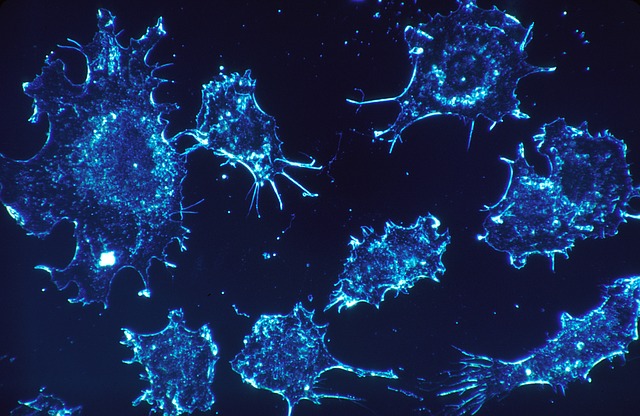Though some experts suggest that heat and humidity can help in slowing down COVID-19, others argue that long hours of sunshine can risk a higher incidence of the disease. Let’s investigate further.
With the deadly COVID-19 affecting the economy all over the world, lockdowns are slowly being lifted to compensate for the damage. People are slowly crawling back to public places like the beaches and soaking in the much-needed vitamin D from sunshine. But there is a price to pay.
A sign of a sunny day attracts many people to go out, in turn increasing the risk of infection due to a lack of social distancing. Experts speculate long exposure to sunlight also poses a high risk of contracting the virus. While on the other hand, reports state that heat and humidity can potentially slow down the spread of COVID-19.
A recent report published in the journal Geographical Analysis gives insights on how seasonal changes influence the spread of the novel virus.
Temperature a crucial factor:
For several weeks now, research has been conducted revolving around the effect of temperature and humidity on COVID-19. Several experimental studies explain that it is possible for the COVID-19 virus to be sensitive to heat and humidity, and with further study, experts are convinced that the rate at which the virus spreads can vary in places with different temperatures and humidity.
Studies reveal that humidity and temperature may make the COVID-19 virus less viable by disrupting their surface proteins and outer membranes. On the other hand, the change in infection rate might differ due to the ways people change their behavior from being enclosed in spaces to spending more time outdoors. But currently, there is no solid proof to confirm that summertime can bring improvement in this current pandemic.
Not all Pandemics or diseases follow the same seasonal patterns seen more commonly in seasonal flu outbreaks. Spanish flu, for example back in 1918, peaked during the summer months, while most of the common flu outbreaks erupt during winter.
COVID-19:
At high levels of humidity and heat, the authors of this study noticed a steady decline of 3% in the confirmed COVID-19 cases, possibly due to the virus dying under warmer temperatures. The opposite was observed at long exposure to the sun. More the sunshine more the rate at which the virus spread, raising concerns if it’s due to the human behavior post lockdown measures.
The authors of the study stated that “We will likely see a decrease in the incidence of COVID-19 as the weather warms up, which is an argument for relaxing social distancing to take advantage of the lower incidence associated with higher temperatures” he says. “But a more conservative approach would be to use the months of summer to continue to follow strict orders to remain in place and to crush this pandemic.”


